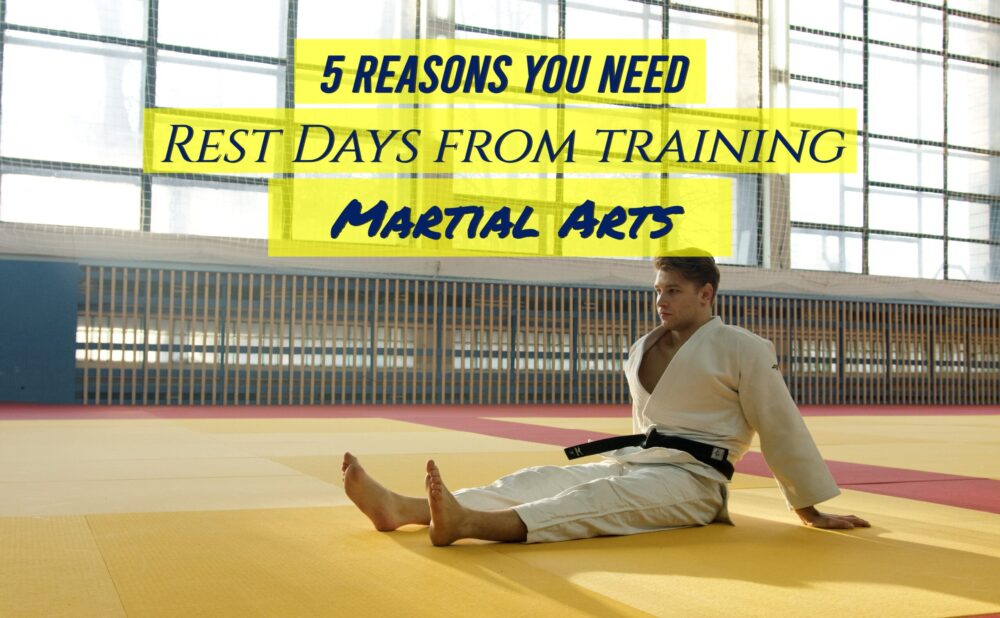In Boxing, the dominant hand is one of your best assets because it is your power hand. But when you injure it, it gets frustrating. An injured dominant hand is no joke & should be taken care of to properly heal!
Most people who train in Boxing love throwing their power hand because of the strong connection when landing on a bag, punch pads, or even on your opponent during competition.
However, if you injure a muscle part of your dominant side, it does not mean that you can not train. A scenario like this means there are other things you can practice, which allows you to work on your weaknesses.
But still let the injured dominant hand of yours slowly heal, or else you will be injured for a longer period!
Strengthening the weaknesses equalizes your skills. There are many pros involved in what you can even out, and we will describe the 8 types.
Table of Contents
Injured Dominant Hand | 8 Pros of Training Boxing Without it

1. Strengthens Your Jab
The first pro of training without your dominant hand is practicing the most effective punch, the jab. When practicing this punch alone, you can improve its power, speed, precision, & timing.
Developing these results makes your boxing style more effective & sharp.

2. Strengthens Your Lead Hook
Besides improving the jab, another punch to develop is the lead hook. The cross, overhand, and rear hook from your power hand may have a powerful impact when hitting pads or doing bag work.
When performing the lead hook, it would land with the same amount of power (if correctly taught).

3. Strengthens your Lead Uppercut
The last lead hand technique left to rep out is the lead uppercut. If taught correctly, the power generated from this punch can be the same as your lead hook & dominant hand punches.
Not only are you excelling the power from this punch, but also the timing, precision, and speed.
Based on the lead hand techniques we just discussed, there are more ways to improve them. What was discussed was the more general techniques behind the lead hand.
To find out more about to improve it, check out Evolve University‘s article “How to Improve Your Lead Hand in Boxing“.

4. Strengthens your Head Movement
Besides strengthening your lead hand, working on head movement is another option. Head movement would be a powerful asset to excel in to better your defense.
Moving your head is the key to getting hit less and also creates openings to look for counterattacks.
5. Work on Worst Case Scenarios
Realistically in a boxing match, some fighters hurt their dominant hand during competition. Whenever that happens, the fighter would stop throwing their dominant hand to prevent the pain from getting worse & they would have to think of something else to use.
Having an injured dominant hand from training can teach you how to train for worst-case scenarios. Doing this causes you to think as if you hurt your power hand in the fight.
If your dominant hand is not available for use, then training your head movement, footwork, & lead hand techniques would be the way to prepare for a scenario like this.
6. Faking/Feinting Game Improves
Even though your dominant hand is hurt, working on your faking/feinting game is another thing to develop. Feinting is excellent for setting up openings to land punches.
If you are the type that rarely uses feints in your style, training it while your dominant hand is injured is an opportunity to develop it.
As you progress within it, you will see & begin to question why you did not use it as much as you would like.
Drilling this would not affect your dominant hand since you are learning to use your body to fake techniques. If you also want the person to react to the unexpected, feinting is the key.

7. Improves Your Footwork
When your power hand is out of the question, practicing your footwork would be another thing to work to improve on. Footwork would help you excel in many ways, such as your offense, defense, setups, creating angles, & use of distance.
To read more about footwork, check out our article “5 Reasons Why it’s Important to Learn About Footwork First in Boxing“.
8. Improves your Overall Rhythm
Depending on the injury, there are some people out there who can still shadowbox even when their dominant hand is injured. Practicing this is an excellent way to work on the flow of everything you know.
Once everything begins to flow, your rhythm excels tremendously! As your dominant hand slowly heals, & you feel the progression of being able to move it properly, begin to add it back into your shadow boxing.

Conclusion
When you’re dominant hand is injured, it doesn’t mean you won’t be able to train. It is an opportunity to work on techniques you are not good at to equalize everything, such as the jab, lead hook & uppercut, feints, footwork, & rhythm.
Having an injured dominant hand teaches you to train for worse-case scenarios. For example, you hurt your dominant hand & you have to use other techniques in a competition/fight.
Once everything begins to even out for you, you will feel the difference in how you feel when you put everything together.
When fully recovered, the flow and the rhythm will feel smoother, & as if everything is a natural reaction to you.
If you have any questions about the pros of training boxing with your dominant hand, please leave a comment or send us a message.

Improve in Boxing | 7 Simple Steps To Improve Your Boxing Style
There’s no secret fast formula to improve in boxing right away. The thing about training in this sport is that...
Read MoreGinger Tea | 4 Health & Recovery Benefits of Drinking it
After a hard training session of whether it’s Muay Thai, Boxing, MMA, Wrestling, Brazilian Jiu-Jitsu, & Strength & Conditioning, food...
Read MoreRest Days | 5 Reasons You Need it After Training Martial Arts
Those hard dedicating training days during your martial arts training can be exhausting to the human body. Hard training days...
Read MoreBoxing Footwork | 5 Reasons Why It’s Important To Learn About it First
Footwork is so important to learn first in boxing! This article covers the reasons why it is. Read this article...
Read MoreYou May Also Like:
Hi there! I’m Austin Hoang, an editor & writer focusing on Martial Arts. I am also a martial artist who has spent most of my life learning different disciplines and also have competed in Amateur Boxing and a Muay Thai tournament-based competition. Based on the experiences I have gone through, I would like to share with you all the cool ideas I have. Thanks for visiting my page and I hope I get the most out of educating you all about what martial arts brings in life.








Pingback: ≫ Mano dominante lesionada | 8 ventajas de entrenar boxeo sin él
Pingback: Dominant Hand | Pros of Training Muay Thai Without it - Mixed Martial Arts Lifestyle